Seven laws in Japanese schools are impossible to apply in Arab schools
We often hear about the many social differences between the Arab countries and Japan, from our diet to the culture of work and so on. It is obvious to note that the structure of our schools is not similar to that in Japan. There are many things in Japanese schools that are difficult to imagine In our countries. In fact, you may not believe how many differences there are between these two schools.
Here are some of these differences:
1. The students themselves are cleaners:
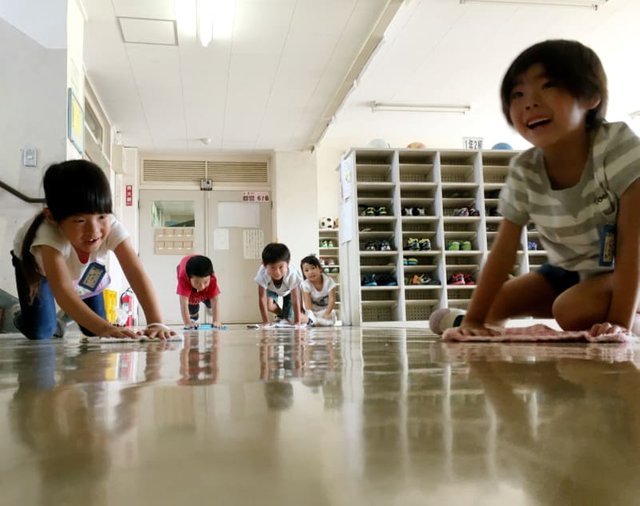
Photo: iStock
In the Arab countries, cleaning workers have the task of cleaning the school. In Japan, students and teachers themselves are responsible for keeping their school clean.
Every day, students scrub and clean the floors, wipe off the chalkboard eraser, and even clean the bathrooms to make their school so clean and elegant.
Honestly, this is a very cool idea! This makes students think about throwing dirt on the floor or chewing gum under their desks. They're confident they'll clean it up themselves.
Japanese schools not only educate children, but also prepare them to face real life and participate in community work, and to be responsible for their actions when they become adults.
2. Which alternative teacher?
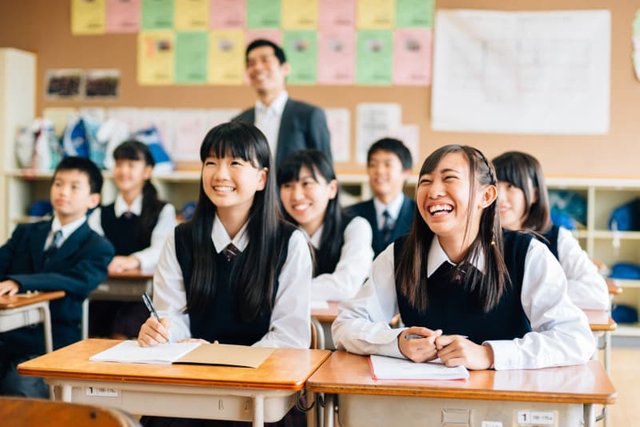
In our country, when a teacher is unable to attend school to perform his or her educational duties, the fate of the children will ultimately pursue their share with an alternative teacher or spend a holiday at home. But in Japan, you never dream of it!
If their regular teacher can not get to work, there will be no substitute teacher, and children will be expected to come to class.
Believe it or not, children are trusted to do their normal schoolwork and follow their lessons without any teacher who leads them. It is worth mentioning that they do.
3. Study during the weekend:
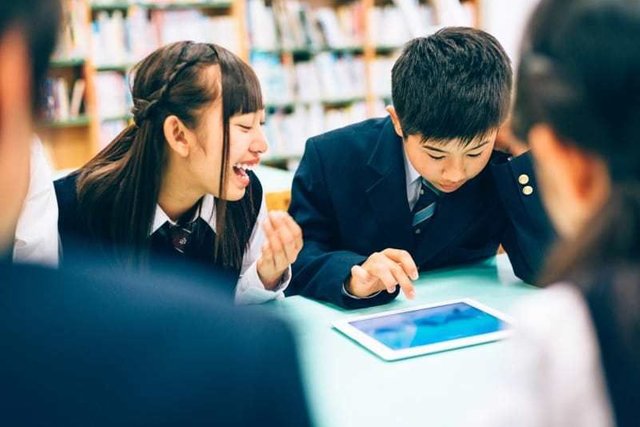
Photo: iStock
In practice, we can hear some cheers co
ming from all the students in the Arab world when the idea of
going to school comes on Saturday. In our minds, we are convinced that Thursday or Friday afternoon is the most beautiful period of the week after we have completed a full week, so we can have a long weekend and go home for two days to relax.
That's not possible in Japan!
Until 1992, it was common for Japanese schools to teach on Saturdays, although the practice was interrupted for some time because the Japanese state decided to adopt a less stressful education system.
Unfortunately for Japanese students, schools across the country decided not to go ahead with the decision, refusing to change unanimously, and they still need to continue teaching on Saturdays. To sum up, nearly half of primary and secondary students in Tokyo find themselves in school for a minimum of one Saturday day per month.
Let's just hope they get a chance to watch some animation, and have time for breakfast and relaxation before they have to go back to school.
4. Japanese students barely get a summer break:
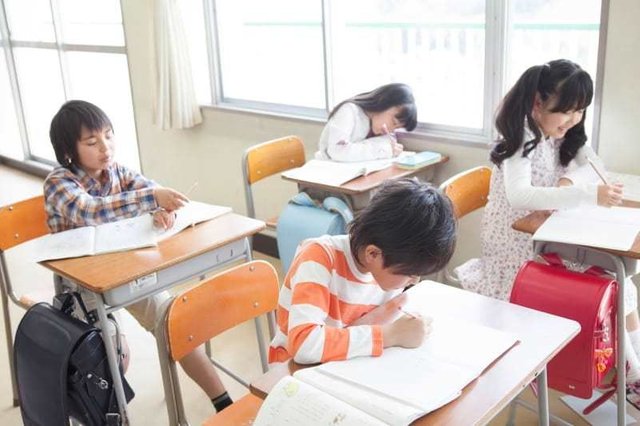
Photo: iStock
Not going to school in the summer is essentially the height of pleasure for any student in the Arab world. It's time to spend three months free of anxiety, especially if you do not have to do any summer work!
The idea of not having enough summer leave will be very angry for any student in the Arab world. You might be surprised to hear that this is not very much in Japan. Yes, Japanese students get a five-week break, which is definitely intolerable!
Even so, both teachers and students still find themselves going to school most days to be able to participate in clubs and activities. There is also a high probability that these students will receive a very large amount of homework before they go on vacation, even for primary school students.
To make things worse, this vacation does not coincide with the summer, but comes in almost half of the school year
5. Sasumata:
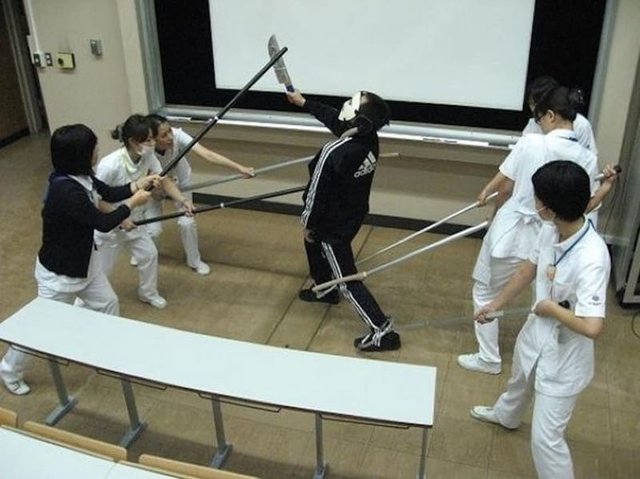
Photo: iStock
If you do not have any idea what Sasomata means, then rest assured, we also did not know.
Although Japan is considered a relatively safe country, a plan must be in place if someone enters the school illegally.
Here comes the Sasomata. It is a long stick made of aluminum with two twigs at the end of a chanel. It is a recent version of the samurai weapon. You can find one of them hanging in all Japanese schools, where they are supposed to be used to try to weaken any attacker who might make his way into the school.
The only downside of "Sasomata" is that it is certainly not the best option to fight an attacker carrying a firearm, but the positive side is that the possibility of such a breach is not common for Japan anyway.
Each year, teachers participate in special exercises to maintain their skills in the Sasomata if necessary.
However, if your curiosity is compelling to see this strange weapon, this video is yours
6. High quality school lunch:
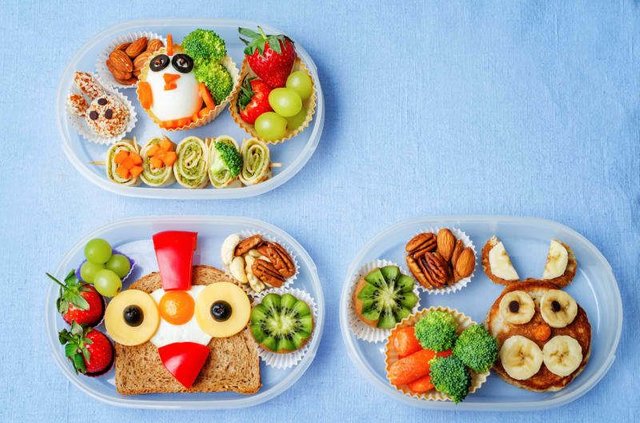
Photo: iStock
Lunch is definitely something different. First of all, forget the school restaurant - both students and teachers sit in class together for lunch instead of moving elsewhere.
The food is delivered by specialized women, and students take turns distributing everything between their teachers and their classmates.
Meals are usually made up of soups, fish and rice.
On the other hand, to forget the subject of food leftovers, the Japanese schools have a rule that everybody knows is that everyone has to deal with the total food, even if some of them do not like the type of food served on a given day. It is obvious that this means that the lunch time will not end until the end of the child's food, and this level of psychological pressure is far from what we used to our tables.
7. Daily greetings are required:
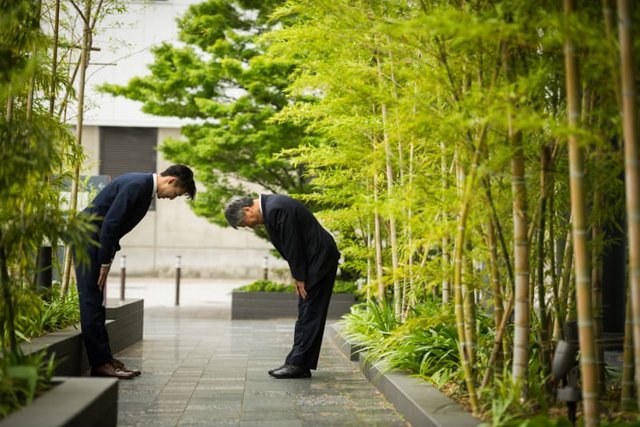
Photo: iStock
In most Arab countries, the teacher is lucky if he is given a half grade greeting when he enters the classroom, especially if the first part of the day. But when it comes to Japanese culture, greeting and how to do it are the most important part of their relationships and interaction with others.
When Japanese children go to school and enter classes, they follow the same daily routine to greet their teacher properly.
Once the teacher enters the classroom, all the students stand up and greet him in harmony, and then the students bend together. They also do the same at the end of each course.
In high school, students practice the art of meditation from time to time through the so-called "mocuso", a type of meditation that is practiced while you are blindfolded. This is usually done before class starts so that students can prepare for the study psychologically, thus enhancing their focus before the start of the class.
Sources site urbo
By Mike Turosian 

Other posts you might like to read
A brief overview of the famous 404 error report
Interesting facts about "Chin" may be read for the first time
10 Steps to be able to swim in Youtube without Youtube sinking
Good news for women: Cancer drugs can be delivered to the cervix using sperm
Imagine that you are about to go into space. What will it look like?

Found your article via steemfollower. Nice job. Japan is indeed a very fascinating society. They have such little crime rates that you don´t have to look out for your bag or wallet, because there are virtually no thiefs.
You got a 0.69% upvote from @allaz courtesy of @aboeluosr!